Can You Charge Solar Lights Without Sunlight? Best Hacks!
Solar lights are a fantastic addition to any outdoor space, providing eco-friendly, cost-effective lighting. But what happens when the sun isn’t shining, and you’re left wondering how to charge solar lights without sun? Fortunately, there are solutions to keep your solar lights powered even in the absence of direct sunlight. In this blog, we’ll explore effective ways to charge lights without the sun, including solar lights indoor charging and cloudy weather tips. BITPOTT (Nantong) is a leading solar light supplier. For high-efficiency solar light panels or wholesale inquiries, contact us at info@forigat.com or +86-17875369007.
Can You Charge Solar Lights with Artificial Light?
Solar powered lights are designed to convert sunlight into energy using photovoltaic cells, but they can also work with other light sources. Solar lights indoor charging with artificial light, such as incandescent bulbs or LED light bulbs, is possible, though less efficient than sunlight. Here’s how solar lights work with alternative light sources:
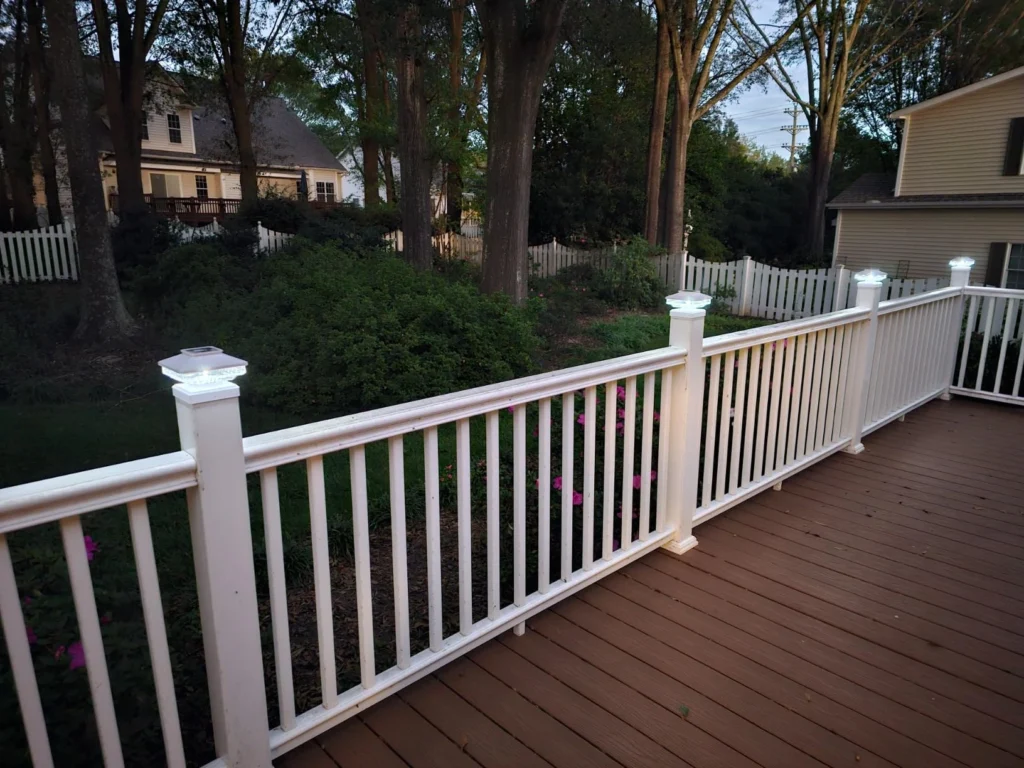
How Solar Panels Absorb Artificial Light?
Photovoltaic cells in solar panels are engineered to absorb a wide spectrum of light, including artificial light. When you expose your solar lights to a strong artificial light source, such as a desk lamp or flashlight emitting incandescent light, the photovoltaic cells can capture some of that light energy. However, compared to the sun’s intensity, artificial light is less powerful, making charging solar panels with such sources less efficient.
Is Artificial Light a Practical Solution?
While solar lights indoor charging is possible, it’s not the most practical for long-term use. Artificial light provides lower energy output, requiring longer charging times. For effective results, the light source must be close to the solar panel to optimize charging solar panels.
Best Artificial Light Sources for Charging
For solar lights indoor charging, LED light bulbs or incandescent bulbs sources are ideal, as they emit a broad spectrum similar to sunlight. Fluorescent lights work but charge more slowly. Place the solar panel close to the light source for optimal results when charging solar panels.
How Long Do Solar Lights Last Without Sunlight?
Solar powered lights are designed to store energy in batteries, allowing them to function even during periods of low sunlight. But how long can they last without a consistent charge from the sun?
Battery Capacity and Storage
The duration that solar lights work without sunlight depends largely on their battery capacity. Most solar powered lights use rechargeable batteries that store the energy collected from the sun or artificial light. A fully charged solar light can typically last anywhere from 6 to 12 hours, depending on the model and battery size. Higher-end solar powered lights with high-efficiency solar light panels can last longer, sometimes up to 24 hours or more.
Factors Affecting Solar Light Longevity
Several factors determine how long solar lights work without sunlight. High-efficiency solar light panels, the amount of energy stored in the battery, and how much energy the light consumes all play a role. For example, solar powered lights with energy-efficient LED light bulbs may last longer than those with less efficient lighting technologies.
Battery Maintenance for Longer Life
Regularly clean photovoltaic cells with a microfiber cloth to maintain performance. This ensures your high-efficiency solar light panels work optimally, even in low light. Replace batteries periodically to enhance the longevity of solar powered lights.
Quick Ways to Charge Solar Lights Without Sunlight
In situations where direct sunlight isn’t available, you can still charge your solar powered lights using alternative methods. Although these methods may not be as efficient as direct sunlight, they can provide enough power to keep your lights running.
Using LED Lights for Quick Charging
Solar lights indoor charging with high-intensity LED light bulbs is effective. Place the solar panel under a bright LED lamp for several hours to gain enough power for a few hours of use, optimizing charging solar panels in low-light conditions.
Charging Through Reflective Surfaces
If you’re struggling to get direct sunlight, using reflective surfaces like mirrors or aluminum foil can help direct the available light onto the photovoltaic cells. By positioning the solar panel near a surface that reflects light, you can slightly improve the amount of light the panel absorbs. This method enhances charging solar panels, especially with indirect daylight.
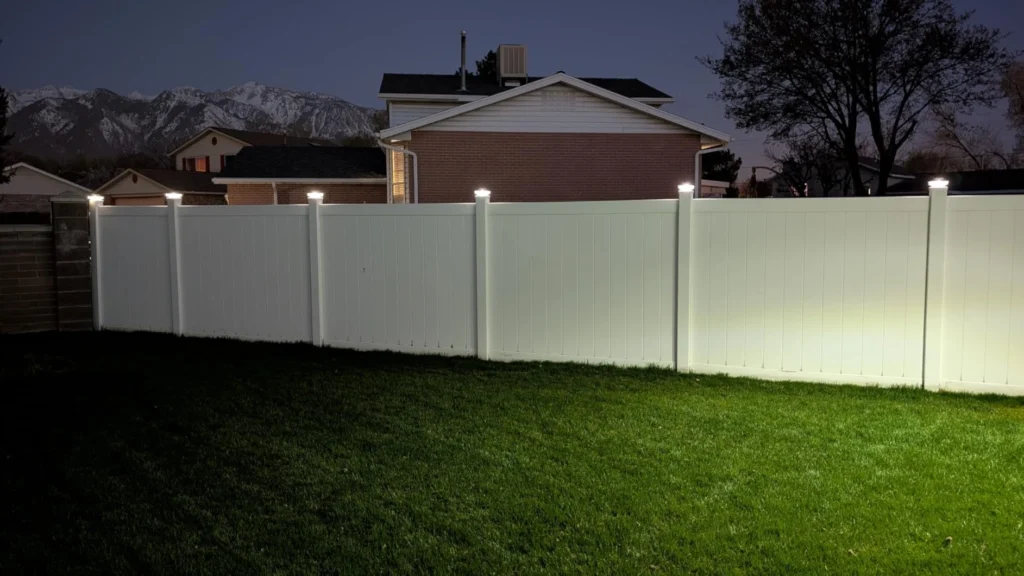
Solar Lights with USB Charging Options
Certain cutting-edge solar powered lights feature USB charging connectors, addressing the common question, “Can I charge solar lights indoors?” With a wall adapter or power bank, you can easily charge these lights indoors. Modern solar lights, like those from BITPOTT, offer USB charger, ensuring reliable charging of solar panels even on cloudy days.
Solar Lights Cloudy Weather Tips for Maximum Charge
Cloudy days can significantly reduce the amount of sunlight your photovoltaic cells receive, but that doesn’t mean your solar powered lights have to stay dim. There are several strategies you can employ to maximize the charge your solar lights work with, even when the sun isn’t shining at full strength.
Position the Solar Panel for Optimal Exposure
Even on cloudy days, some sunlight reaches the Earth. Tilt your high-efficiency solar light panels toward brighter sky areas to maximize light absorption. Aim the panel toward the area of the sky where sunlight is most likely to penetrate the clouds by tilting it slightly upward. Try relocating your solar powered lights to an area with less shade or tree cover if they are moveable.
Clean the Solar Panels Regularly
Dust and debris reduce light absorption, especially in cloudy weather. To enhance their efficiency, clean the surface of your photovoltaic cells with a microfiber cloth and soapy water to boost solar lights cloudy weather tips performance.
Use Solar Lights with High-Efficiency Panels
In the event that overcast weather is a common concern, invest in high-efficiency solar light panels, like monocrystalline models from BITPOTT, which perform better in low-light conditions. These sophisticated photovoltaic cells excel at converting diminished light levels into energy, thereby enhancing their performance in cloudy environments. For example, monocrystalline solar panels are recognized for their superior efficiency and possess the capability to produce greater power output compared to conventional polycrystalline panels, even under reduced sunlight conditions.
Store Energy on Sunny Days
Turn off solar powered lights during the day to store energy for cloudy periods. Solar lights cloudy weather tips include using energy-saving modes to extend runtime.
Avoid Obstructions and Shadows
Even on overcast days, it’s important to minimize any obstructions that could block potential light from reaching your photovoltaic cells. Keep your solar powered lights away from trees, buildings, or other structures that may cast shadows and further limit the amount of light the panel absorbs. If possible, place solar powered lights in open areas to capture maximum daylight, enhancing solar lights cloudy weather tips effectiveness.
Conclusion
Charging solar lights without sunlight is achievable with methods like solar lights indoor charging, USB charging solar lights, and solar lights cloudy weather tips. By using high-efficiency solar light panels and optimizing placement, you can enjoy sustainable illumination year-round. Contact BITPOTT for premium solar lights at info@forigat.com or +86-17875369007.
Where to Buy Solar Lights?
Looking for high-efficiency solar light panels that perform in challenging conditions? BITPOTT (Nantong) New Energy Technology Co., Ltd. is a leading solar light supplier specializing in innovative products like USB charging solar lights. Our lights are perfect for landscape design, eco-conscious construction, and hospitality sectors. For wholesale solar lights cloudy weather tips solutions, contact us at info@forigat.com or +86-17875369007.
For more information, contact us at info@forigat.com or call +86-17875369007. Let BITPOTT be your trusted solar light supplier for eco-friendly, energy-efficient lighting solutions.
References
1. Solar Panel Efficiency in Different Lighting Conditions
2. The Impact of Cloudy Weather on Solar Energy Generation
3. Types of Solar Panels and Their Efficiency in Low-Light Conditions
4. How to Charge Solar Products Without Direct Sunlight
5. The Role of Artificial Light in Charging Solar Devices
6. Best Practices for Maintaining and Maximizing Solar Panel Performance

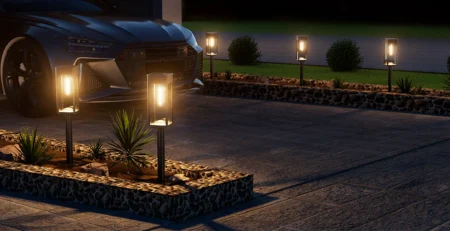
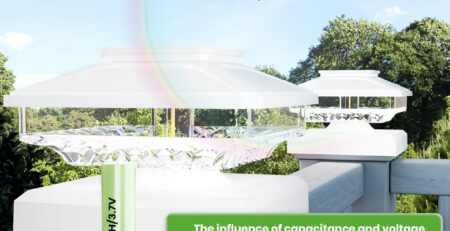
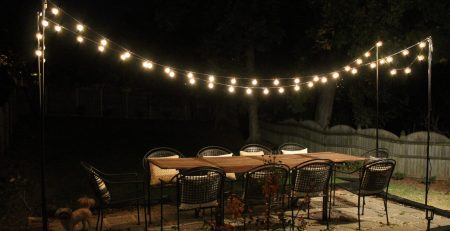



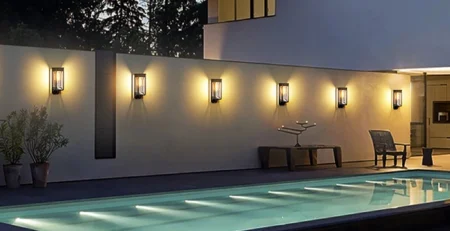
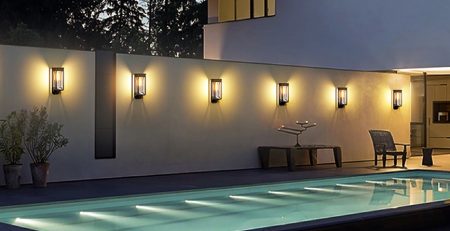

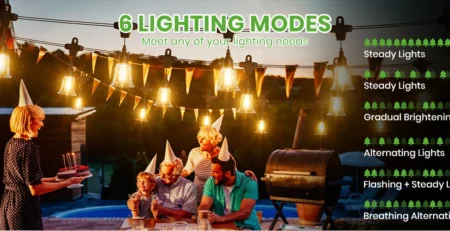
Leave a Reply